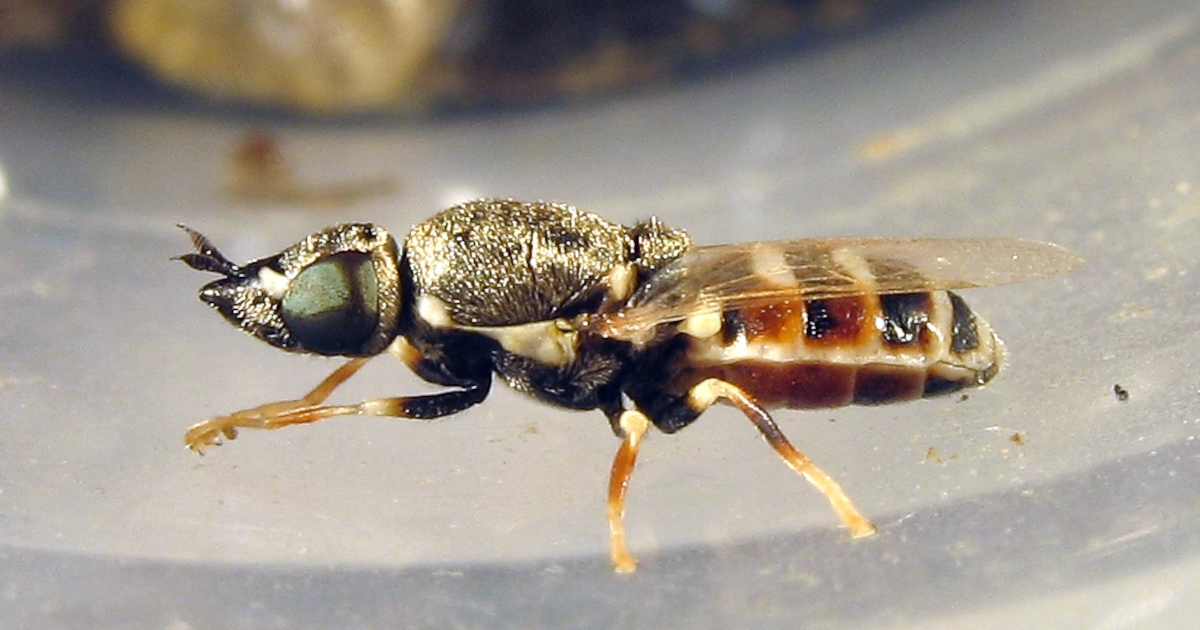Diptera in Aquatic and Semiaquatic Environments: Diversity and Adaptations
A special issue of Diversity (ISSN 1424-2818). This special issue belongs to the section "Animal Diversity".
Deadline for manuscript submissions: 15 July 2024 | Viewed by 10447

Special Issue Editors
Interests: diversity, taxonomy and ecology of Diptera (Insecta) inhabiting aquatic and semiaquatic habitats; adaptations of Diptera to aquatic and semiaquatic environments, particularly extreme habitats; arthropod communities in semiaquatic and shoreline habitats
Interests: freshwater ecology, stress ecology and molecular ecology; diversity, phenology and autecology of macroinvertebrates mainly from mountain habitats; taxonomy and molecular phylogeny of Diptera Chironomidae; investigation on the adaptive potential of Chironomidae to temperature variations and chemical contamination with an holistic approach, from genes to ecosystem
Special Issues, Collections and Topics in MDPI journals
Special Issue Information
Dear Colleagues,
Diptera is one of the most diverse animal groups in terms of both the number of species and ecological traits. Diptera are the most successful insects in colonizing aquatic environments and one of the most ecologically important components of aquatic and semiaquatic communities and ecosystems. Larvae in many tens of Diptera families inhabit standing and running waters, their shorelines and other wet semiaquatic habitats. Representatives of Diptera provide numerous amazing examples of adaptations to various aquatic and semiaquatic environments, including many extreme habitats. On the other hand, the diversity, life histories and adaptations are still poorly known for most dipterans associated with aquatic environments and various semiaquatic habitats. This Special Issue, "Diptera in Aquatic and Semiaquatic Environments: Diversity and Adaptations", aims to provide an opportunity to publish high-quality original papers and reviews on the diversity, taxonomy, ecology and multilevel adaptations of Diptera associated with aquatic and semiaquatic environments.
Dr. Andrey Przhiboro
Dr. Valeria Lencioni
Guest Editors
Manuscript Submission Information
Manuscripts should be submitted online at www.mdpi.com by registering and logging in to this website. Once you are registered, click here to go to the submission form. Manuscripts can be submitted until the deadline. All submissions that pass pre-check are peer-reviewed. Accepted papers will be published continuously in the journal (as soon as accepted) and will be listed together on the special issue website. Research articles, review articles as well as short communications are invited. For planned papers, a title and short abstract (about 100 words) can be sent to the Editorial Office for announcement on this website.
Submitted manuscripts should not have been published previously, nor be under consideration for publication elsewhere (except conference proceedings papers). All manuscripts are thoroughly refereed through a single-blind peer-review process. A guide for authors and other relevant information for submission of manuscripts is available on the Instructions for Authors page. Diversity is an international peer-reviewed open access monthly journal published by MDPI.
Please visit the Instructions for Authors page before submitting a manuscript. The Article Processing Charge (APC) for publication in this open access journal is 2600 CHF (Swiss Francs). Submitted papers should be well formatted and use good English. Authors may use MDPI's English editing service prior to publication or during author revisions.
Keywords
- Diptera
- midges
- flies
- biodiversity
- ecology
- taxonomy
- phylogeny
- biogeography
- aquatic
- semiaquatic
- water edge
- habitats
- life history
- larvae
- adaptations






